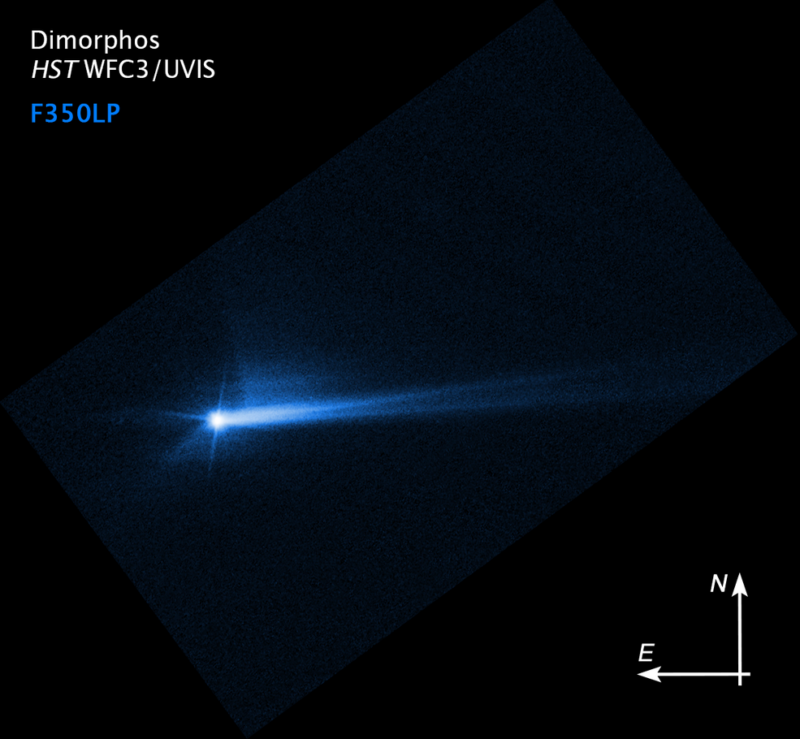DART mission successfully shifted its target’s orbit

Enlarge / A recent Hubble photo shows the 10,000 km tail of debris left behind by DART's impact. (credit: NASA/ESA/STScI/Hubble)
On Tuesday, NASA announced that its first test of a potential planetary defense system was a notable success. The Double Asteroid Redirect Test (DART) successfully smashed a spacecraft into an asteroid in late September, hoping to alter its orbit around a larger companion. Any changes in the orbit, however, would be difficult to pick up and potentially require months of follow-up observations. But the magnitude of the orbital shift was large enough that ground-based observatories picked it up already.
Meanwhile, a lot of hardware is also picking up the debris that shot out from the impact, giving scientists a lot of information about the collision and the asteroid.
New orbit, who dis?Dimorphos is less than 200 meters across and cannot be resolved from Earth. Instead, the binary asteroid looks like a single object from here, with most of the light reflecting off the far larger Didymos. What we can see, however, is that the Didymos system sporadically darkens. Most of the time, the two asteroids are arranged so that Earth receives light reflected off both. But Dimorphos' orbit sporadically takes it behind Didymos from Earth's perspective, meaning that we only receive light reflected off one of the two bodies-this causes the darkening.